Breed Type: Companion
Country of Origin: Australia
Popular Names: Aussie Bulldog
Size: Medium
Height: (At the withers) Males 46 – 51 cm, Females 44 – 48 cm
Weight: Males 28 – 35 kg, Females 23 – 28 kg
Best suited as: Pet with a relatively active family
Lifespan: 12-15 years
Intro
The Australian Bulldog is in development. The intention of breeders is to create a new bulldog breed that has no health concerns.
Appearance
They are a medium-sized dog with a short, straight back and muscular hindquarters. They are brick shaped, and the female may be slightly longer to assist in whelping. The necks of Australian Bulldogs are slightly longer than other bulldogs, to prevent breathing problems. There are dewlaps formed by loose skin on either side of the neck.
The muzzle is wide, short, and broad, but not so short that breathing difficulties arise. There are one or two wrinkles on their snouts. Their ears may be buttoned or rosebud, and are small- to medium-sized. Their jaws are broad, and the flews hang over the lower jaw on both sides. Obviously protruding teeth are undesirable.
Their tails are set high, thick at the base, and while the crank, pump-style are most desirable, a screw tail is acceptable as long as it is not a tight-screw style. Their coats are short, smooth, and lay tight against the body. They may come in any colour.
History
Selective breeding started in the 1990s when breeders wanted a dog that looked and acted like a bulldog, but had none of the associated health problems. The project started with two breeding programs: the Pip Nobes line and the Jag line (also called the N&T Green line). In 2003, Noel and Tina Green and Pip Nobles founded the United Aussie Bulldog Association to unite all lines.
The breeders’ priorities were health and personality in a dog while keeping the bulldog look. They started crossing Boxers, British Bulldogs, Bullmastiffs, and English Staffordshire Bull Terriers, and then those results, which were considered Aussie bulldogs, were crossed with other Aussie Bulldogs. There are now 12 generations of breeding behind the most recent dogs, five of those being Aussie Bulldog litters. Out of the original lines, there are now 55 Registered Australian Bulldog Breeders within Australia.
In 2005, Pip Nobes split off from the UABA. As of 2004, the Australian Bulldog Society Incorporated formed to continue the original breeding register started by Nobles. This means there are now two official clubs representing legitimate dogs of this breed in Australia.
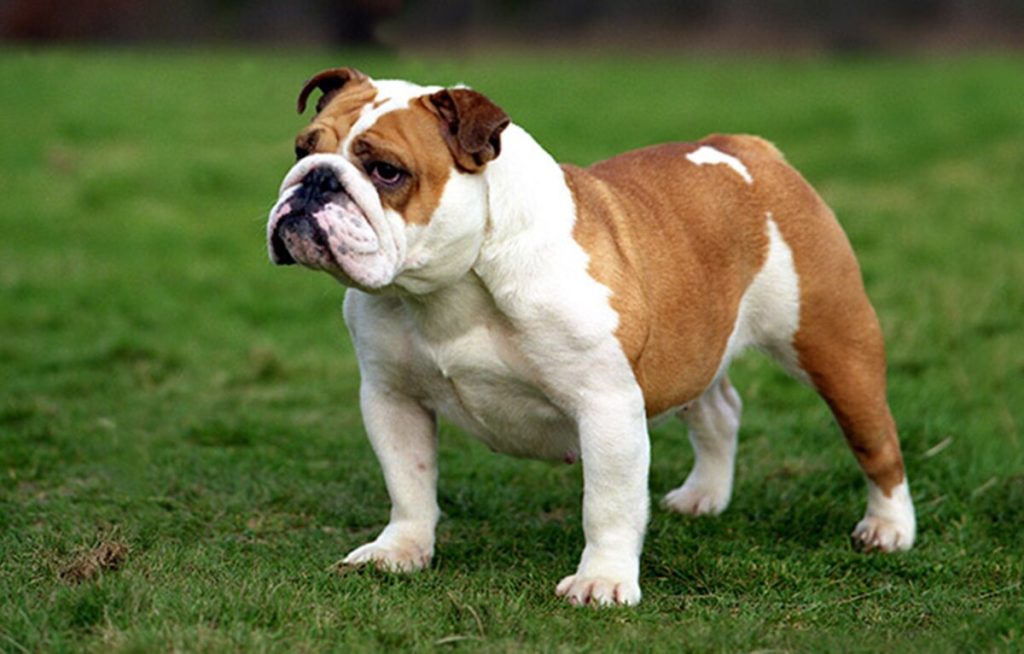
Temperament
They are affectionate, outgoing, alert, loyal, and intelligent. They make good watch dogs. They are easy to train but should undergo obedience training unless the owner is extremely skilled and experienced. They have tons of stamina, are of sound temperament, and have not shown any aggressive tendencies. Like other bulldogs, they get along well with children, but require early and ongoing socialization to people of all ages, other dogs, and household cats.
They love to swim in the summer and bask in sunny rooms during the winter.
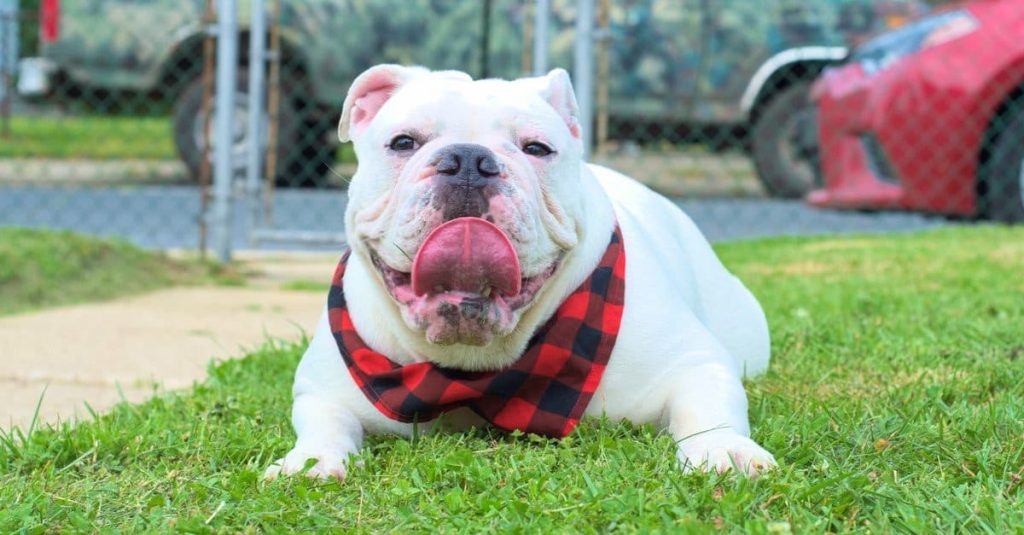
Care and Grooming
These dogs shed regularly and so a weekly brushing will help control the number of loose hairs that litter the floors and furniture in your home. Use a bristle brush or a rubber mitt to help keep your dog’s coat nice and shiny and smooth. Only bathe the dog if it gets into something you can’t brush out, or if the dog has been swimming in salt water. You will need to check its ears for wax buildup, irritation, debris, or redness. Clean the ears with a vet-approved cleaner and talk to your vet if you see signs of infection. Its teeth also need a weekly brushing. Start when the dog is a pup so it becomes used to your grooming requirements. Once a month, trim its nails if necessary.
Check in your dog’s wrinkles daily for dirt, debris, redness, or signs of infection. Make sure to use a damp cloth and dry the areas immediately to prevent infection. These dogs need to be busy. They love to walk, romp in the yard, or play with their toys. They need at least an hour of moderate exercise each day. An under-exercised bulldog can become overweight and develop behavioural problems.
Health
Although the point of the breed is to eliminate health problems, they are still not without health defects. Breeders strive for sound structure and good health. Common problems include bacterial infections in the wrinkles.
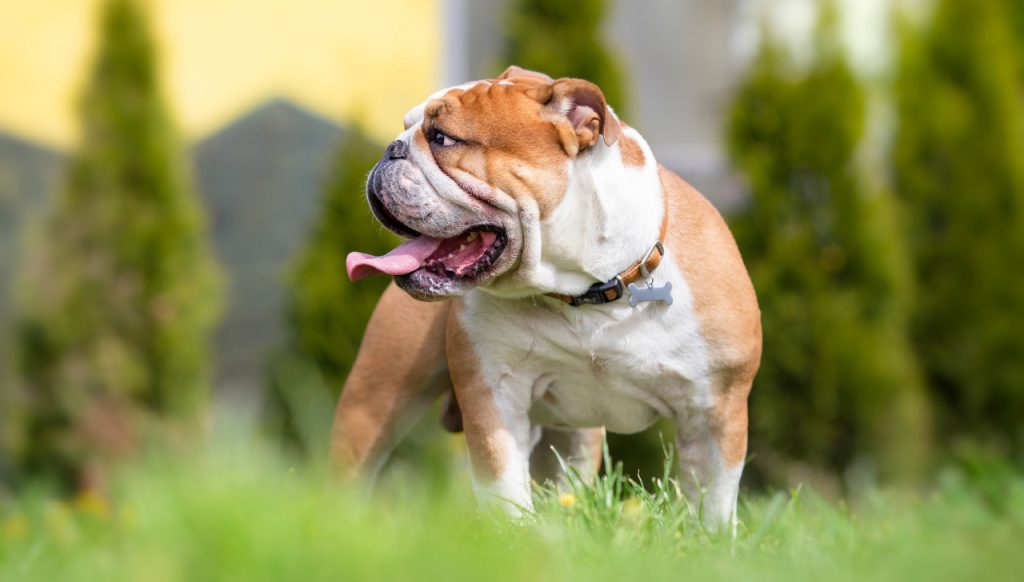
Suitability As A Pet
These dogs, while not highly active, are not sedentary, either. They do best as an indoor dog with an active family, but still need room to romp and play while inside. A home with a fenced-in yard is best, so they can go out to play in nice weather. People who live in extreme climates should avoid this breed as a pet since they prefer moderate climates. Like other bulldogs, Aussie Bulldogs have a hard time cooling themselves off in extreme heat, and get cold easily in cold weather. For those who live in hot climates, indoor air conditioning is a must. Dog coats and sweaters help keep these dogs warm in cold climates, but they should never be left outside for extended periods in any case.
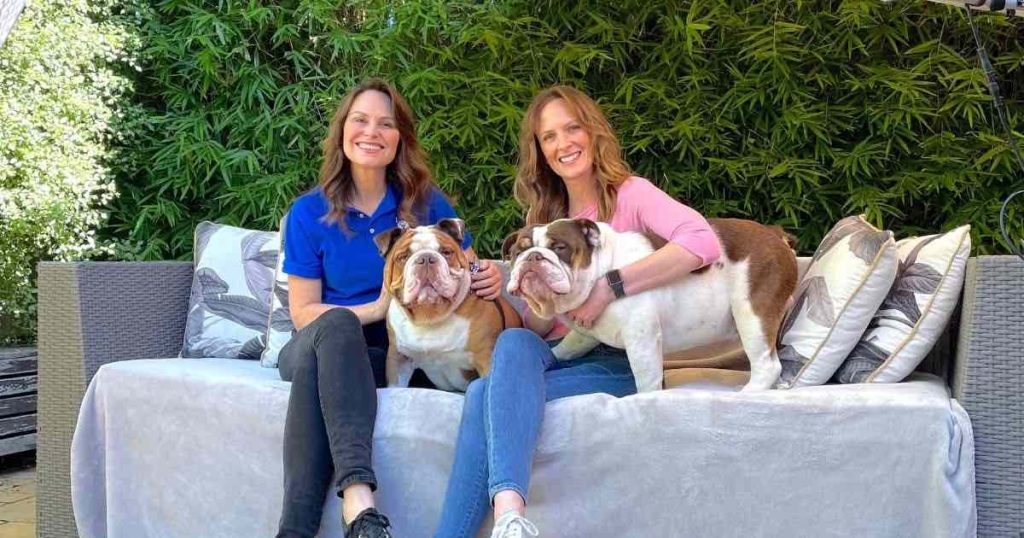
Australian Bulldog Organisations in Australia
No club information listed
Australian Bulldog Organisations in the UK
Aussie Bulldog Club of Australia
Australian Bulldog Organisations in the US
ABS Rescue Service
Aussie Bulldog Club of Australia
Did we miss your organisation? Let us know. Contact Us
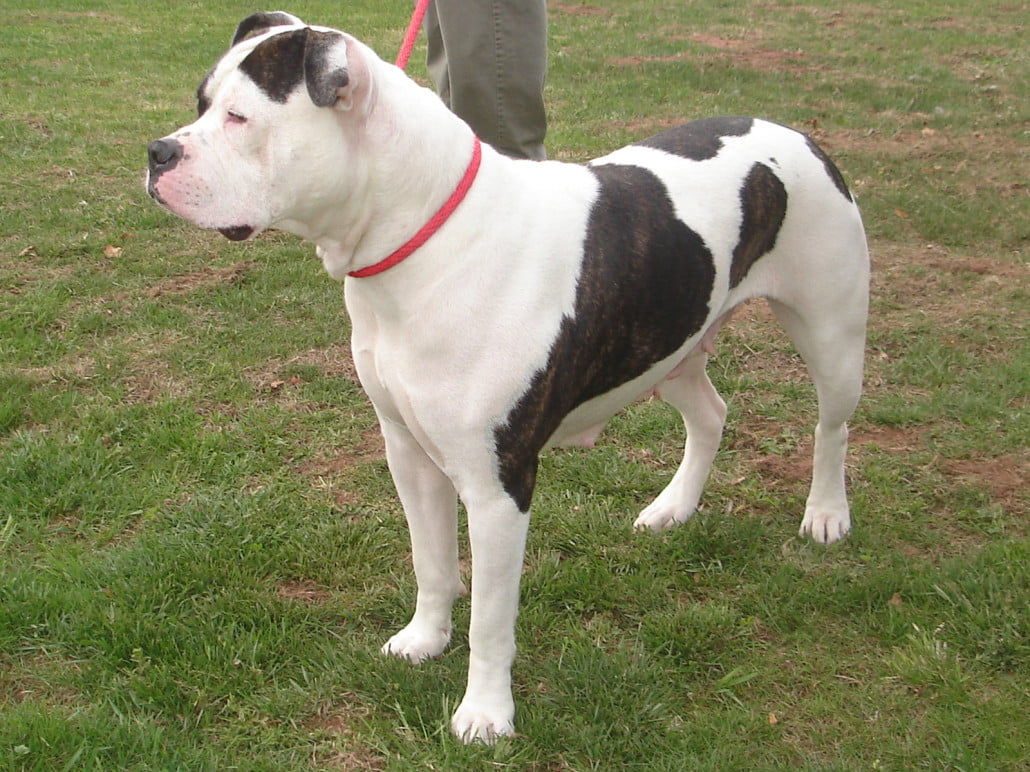
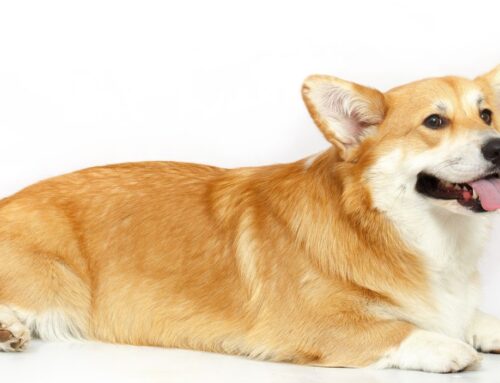

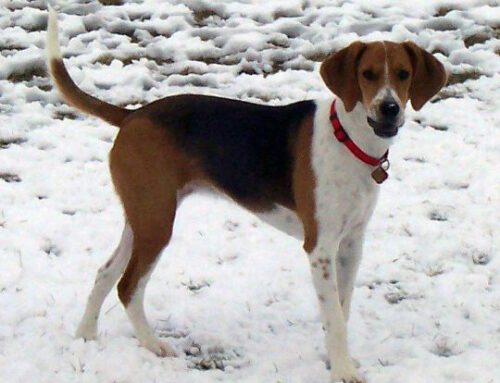
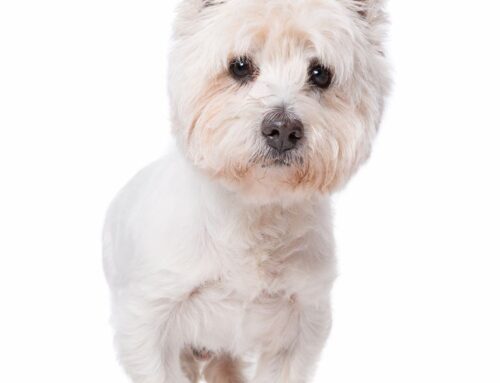

Leave A Comment